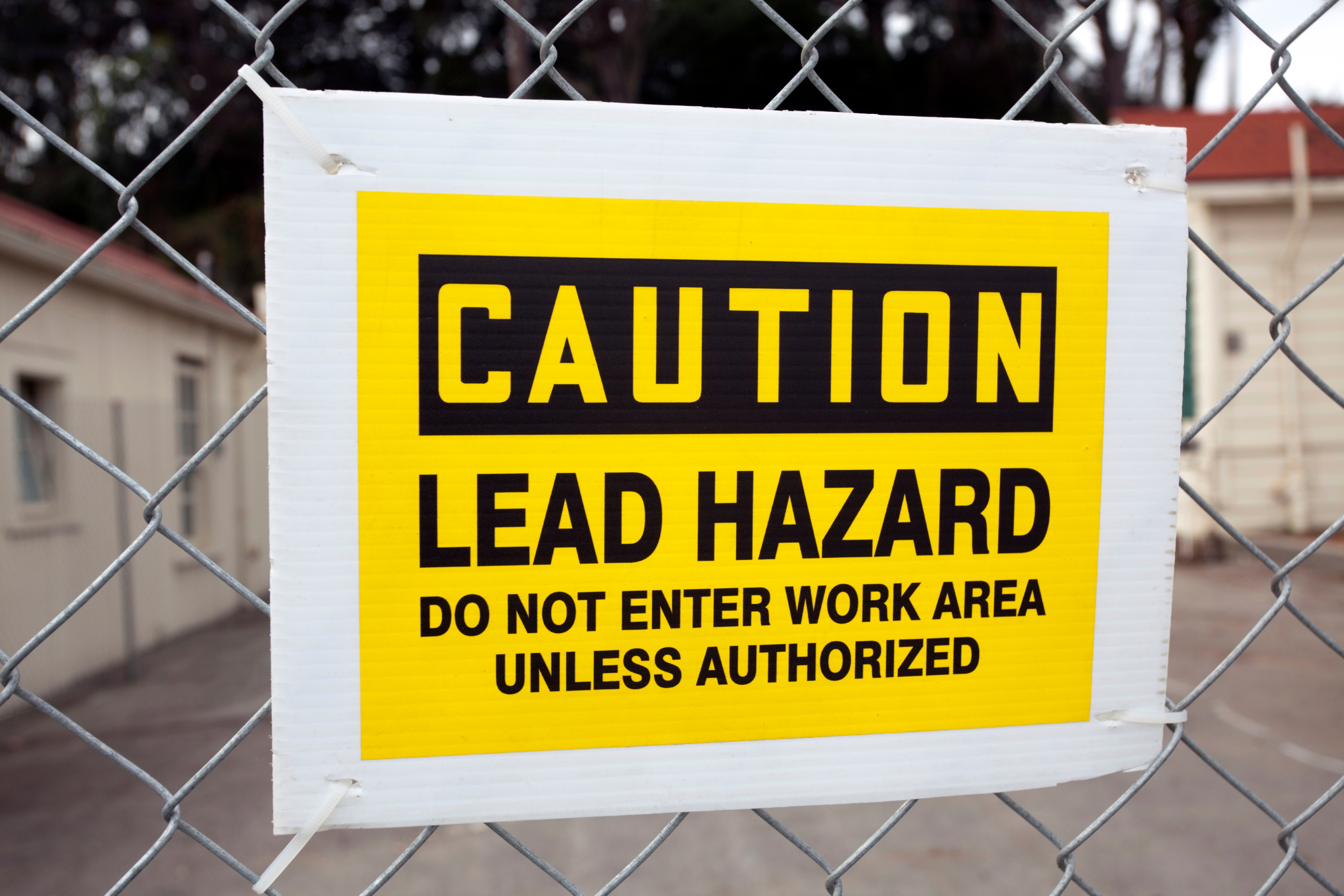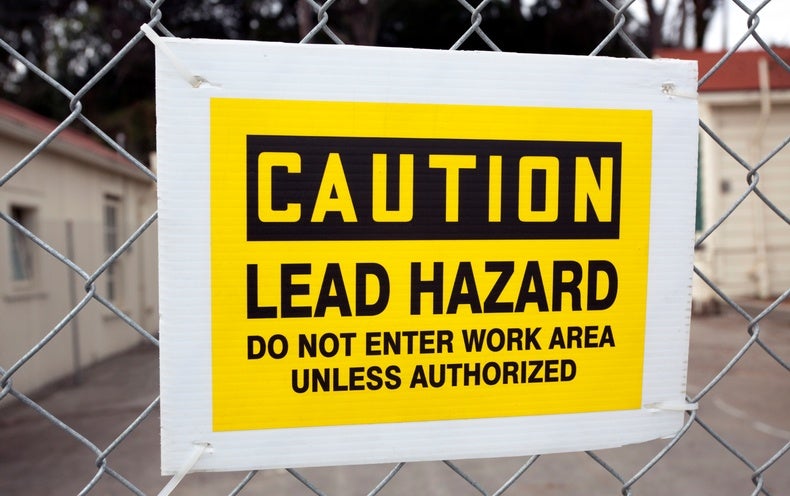
Antibiotic-resistant bacteria are a growing cause of death worldwide. They killed roughly 1.27 million people in 2019, according to the most recent worldwide analysis. One obvious culprit has been our overuse of antimicrobial drugs, which pressures populations of bacteria to evolve better defenses against them.
But antibiotic resistance also has a lesser-known source: heavy metals such as lead, mercury and silver. The metals are found all over because of human industries such as mining and transportation. Bacteria in these surroundings have evolved abilities to protect themselves from the toxic effects of the metals, and these same traits often help them fight off antibiotics, according to studies in the environment, animals and—recently—in people.
Normally, heavy metals are lethal to bacteria because they emit ions that disrupt a bacterium’s normal cell functions. But some bacteria that live around high metal concentrations have evolved survival traits, such as molecular pumps that eject toxic metal ions. These pumps, it turns out, can also help to eject antibiotic drugs.
In December 2021 researchers at the University of Wisconsin–Madison reported that people with the highest levels of lead in their urine, especially those living in urban areas, were more likely to have antibiotic-resistant bacteria in their bodies, even after accounting for other factors that could drive up resistance. Their results, published in Environmental Epidemiology, are among the first to show this link within the human body. The study adds antibiotic-resistant bacteria to the list of harms visited upon people without much money or social resources, usually members of minority groups, who are most likely to live in these lead-contaminated areas. “It’s really an environmental justice issue,” says environmental epidemiologist Kristen Malecki, one of the study’s authors.
The researchers examined the health data of 695 adults who participated in the Survey of the Health of Wisconsin. Swabs from the skin, nose and mouth, as well as saliva and stool samples, showed that 34 percent of all participants had antibiotic-resistant bacteria, such as resistant Gram-negative bacilli or vancomycin-resistant enterococci. Some also had methicillin-resistant Staphylococcus aureus (MRSA). Of the participants with the highest levels of lead in their urine, more than 50 percent tested positive. This link between lead and resistant bacteria was most pronounced for those who live in a city, who were nearly three times more likely to test positive if they had high levels of lead in their urine.
Nonwhite urban residents were also 76 percent more likely to test positive than white urban residents. This could be because people of color face financial and social barriers that keep them in older buildings with more lead paint, pipes and other sources of exposure, Malecki says.
The link between heavy metals and antibiotic-resistant bacteria is still a relatively new area of research, and untangling their relationship within the human body will require more studies that follow participants over time, says Meghan Davis, a professor of environmental health and engineering at the Johns Hopkins Bloomberg School of Public Health. Still, these results help scientists understand where resistance genes are coming from, and that allows them to develop targeted solutions to prevent these genes from developing and spreading, Davis says.
In addition to lead, other metals have been linked to the appearance of drug-resistant microbes. A recent study by scientists at Florida A&M University examined a former nuclear material test sitein South Carolina with persistent levels of uranium and mercury in its soil. The site contained a strain of bacteria resistant to 70 percent of antibiotics tested against it.
All of these heavy metals contribute to a more far-flung threat: antibiotic resistance around the world. The strings of bacterial DNA that encode drug-resistant traits are often found on “mobile” genes, which spread easily among different types of bacteria. In this way, a resistance gene in a bacterium that does not infect humans can quickly spread to one that does, says Michiel Vos, a microbiologist at the University of Exeter in England.
How much heavy metals contribute to the global pool of resistance genes is still unknown because the origins of any particular resistance gene are difficult to trace, says Patrick McNamara, an environmental engineer at Marquette University. “Basically, these genes are everywhere,” he says. Considering how widely they can spread, “the general thought is ‘Less is better.’”
McNamara and his colleagues are currently studying antibiotic resistance in drinking water carried through lead pipes. A lack of corrosion-inhibiting chemicals in such pipes caused Flint, Mich.’s lead-tainted-water crisis, which began in 2014. And pipes are the most common source of lead exposure, according to the Centers for Disease Control and Prevention. By better understanding the impact of different corrosion inhibitors on antibiotic resistance, he and his team aim to minimize both lead exposure and proliferation of resistant bacteria.
The link between heavy metals and antibiotic resistance illustrates why, to understand global health, “you don’t just look at human health or veterinary health or the environment as separate things,” Vos says. “Everything is connected.”

